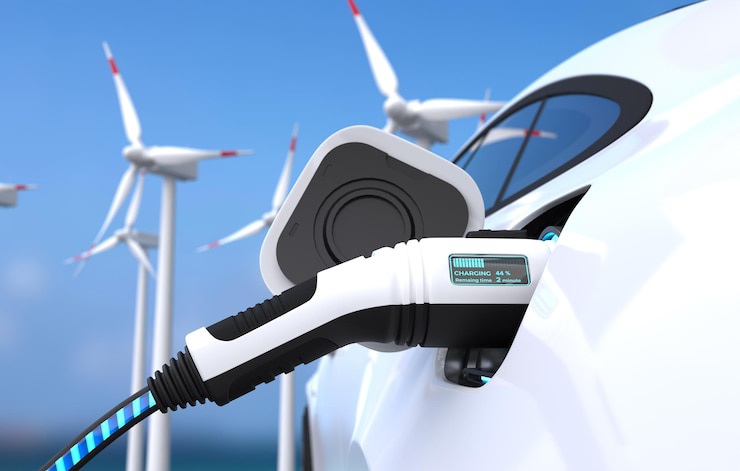Electric vehicles (EVs) have evolved to encompass various types, each catering to different consumer needs and driving preferences. The three primary categories of electric vehicles are Battery Electric Vehicles (BEVs), Plug-in Hybrid Electric Vehicles (PHEVs), and Hybrid Electric Vehicles (HEVs).
Battery Electric Vehicles (BEVs)
BEVs operate exclusively on electric power stored in high-capacity batteries. These vehicles do not have an internal combustion engine and produce zero tailpipe emissions. Popular examples include the Tesla Model 3 and Nissan Leaf, showcasing the potential for long-range and emissions-free driving.
Plug-In Hybrid Electric Vehicles (PHEVs)
PHEVs combine an electric motor and an internal combustion engine. They can operate on electric power alone for shorter distances and switch to the internal combustion engine for longer trips. PHEVs offer flexibility with the option to charge the battery via a plug or rely on the engine. The Chevrolet Volt is a notable example of a PHEV.
Hybrid Electric Vehicles (HEVs)
HEVs utilize both an internal combustion engine and an electric motor. Unlike PHEVs, HEVs do not have a plug-in option, and the electric motor primarily assists the engine. Well-known examples include the Toyota Prius and Honda Insight, renowned for their fuel efficiency and reduced emissions.
As the electric vehicle landscape continues to evolve, new variations and innovations emerge, providing consumers with an expanding array of choices that cater to different driving patterns and environmental priorities. These diverse types of electric vehicles collectively contribute to the ongoing transformation of the automotive industry towards a more sustainable and electrified future.
Also Read:
- What Is An Electric Car?
- 3 Best Electric Scooters To Save Money
- Top 3 Electric Car Charging Companies In The US

